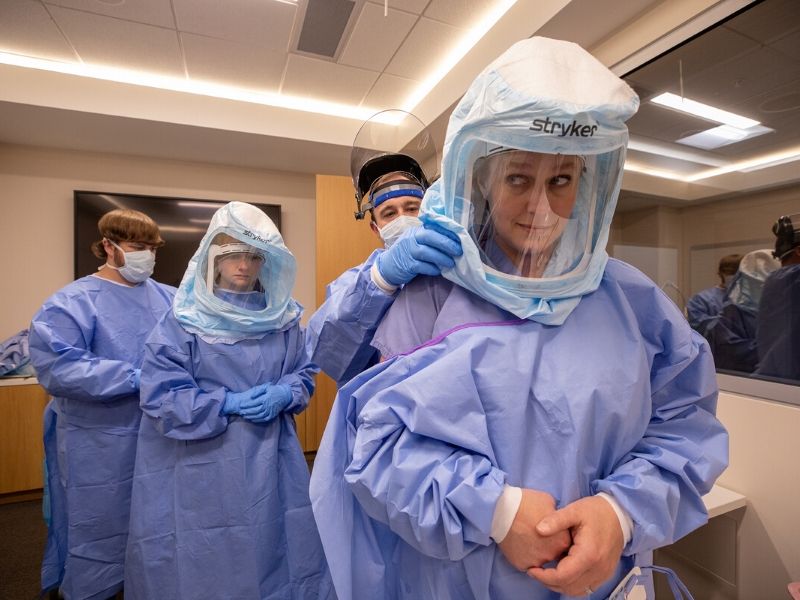Ana Delicado and Jussara Rowland
Instituto de Ciências Sociais da Universidade de Lisboa, Lisbon, Portugal
Frontiers in Communication, 07 May 2021
Section: Science and Environmental Communication
https://doi.org/10.3389/fcomm.2021.645725
This article aims to contribute to the understanding of the social dimensions of the 2020 pandemic, with a particular emphasis on the visual practices of science communication in times of health emergency, by analyzing how the coronavirus disease-2019 (COVID-19) pandemic is being visually represented. It seeks to identify the format and content of images used to illustrate online information about the pandemic, in particular, from websites of policy institutions, research promoters, and media in Portugal and Spain. By examining a sample containing 600 images, it aims to identify the messages being conveyed and the effects these images intend to provoke and to illuminate the differences in representations among the three sources of communication. Differences and similarities with visual images of previous pandemics (influenza, AIDS) are examined. This article ascertains that policy websites aim to be mostly prescriptive, relying on infographics to convey prevention and care instructions to its audiences. On the other hand, science websites rely mostly on stock photos and images from scientific articles to illustrate current research, while newspaper websites are the most diversified in terms of the images they use and the topics they cover. This study concludes that representations of science are still very much based on stereotypical imagery of labs and white coats, that representations of the medical side of the pandemic are focused on images of intensive care that aim to generate fear and stimulate responsible behavior, and that the social aspects of the pandemic are illustrated by images that focus either on pandemic prevention (e.g., washing hands) or on the impacts of the pandemic itself (e.g., empty streets during lockdown).

